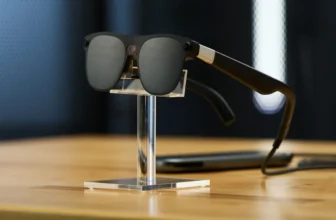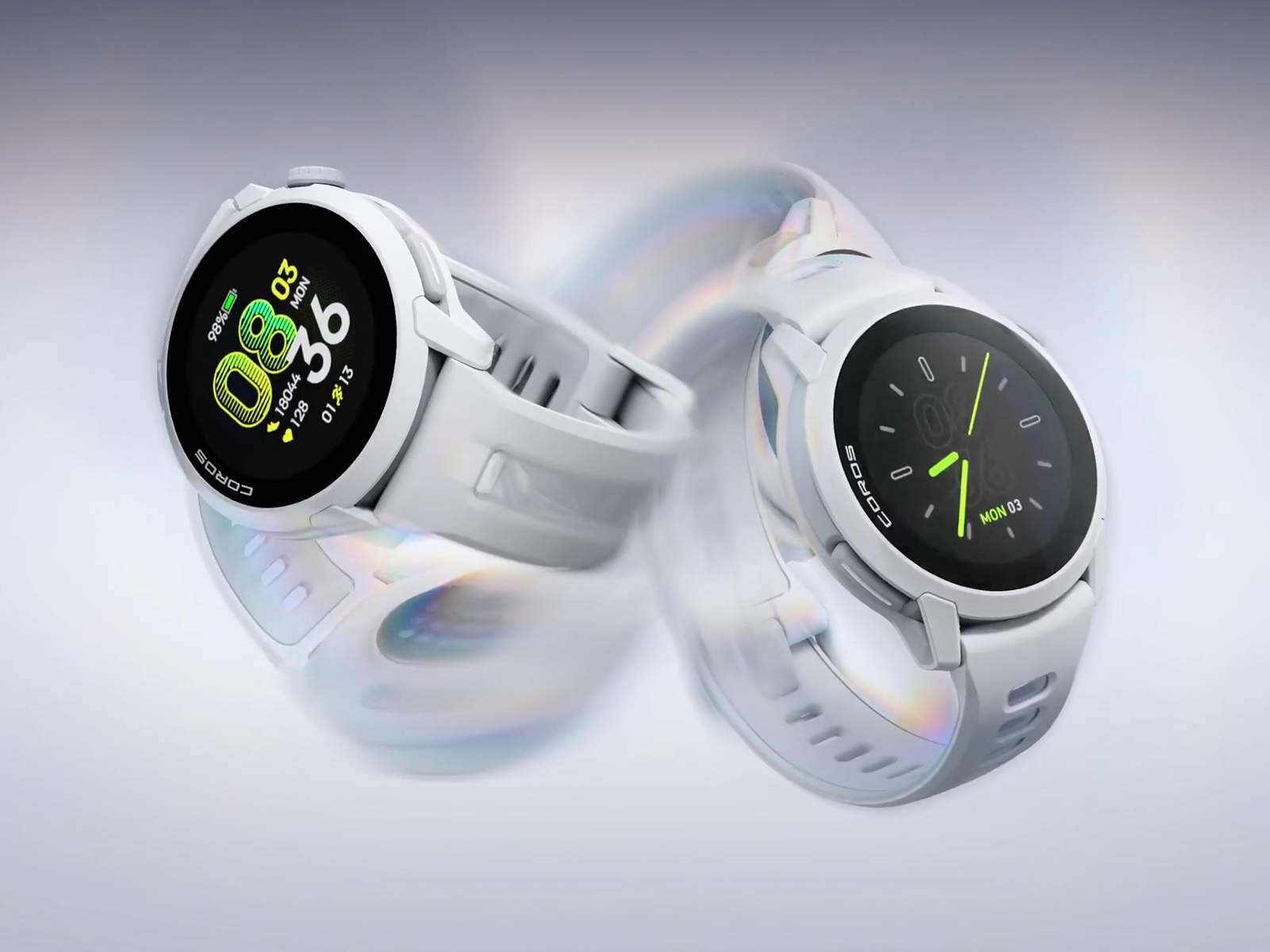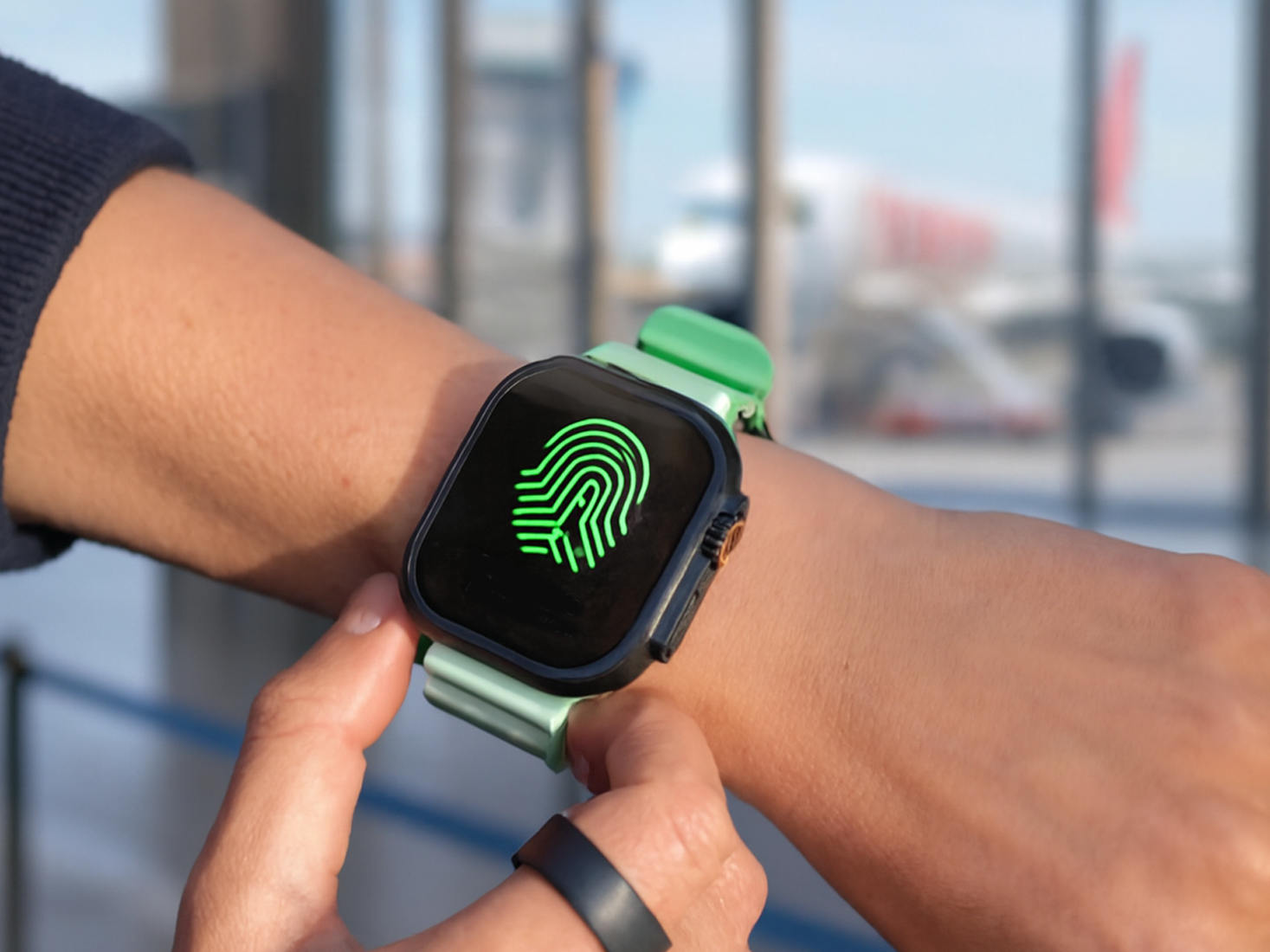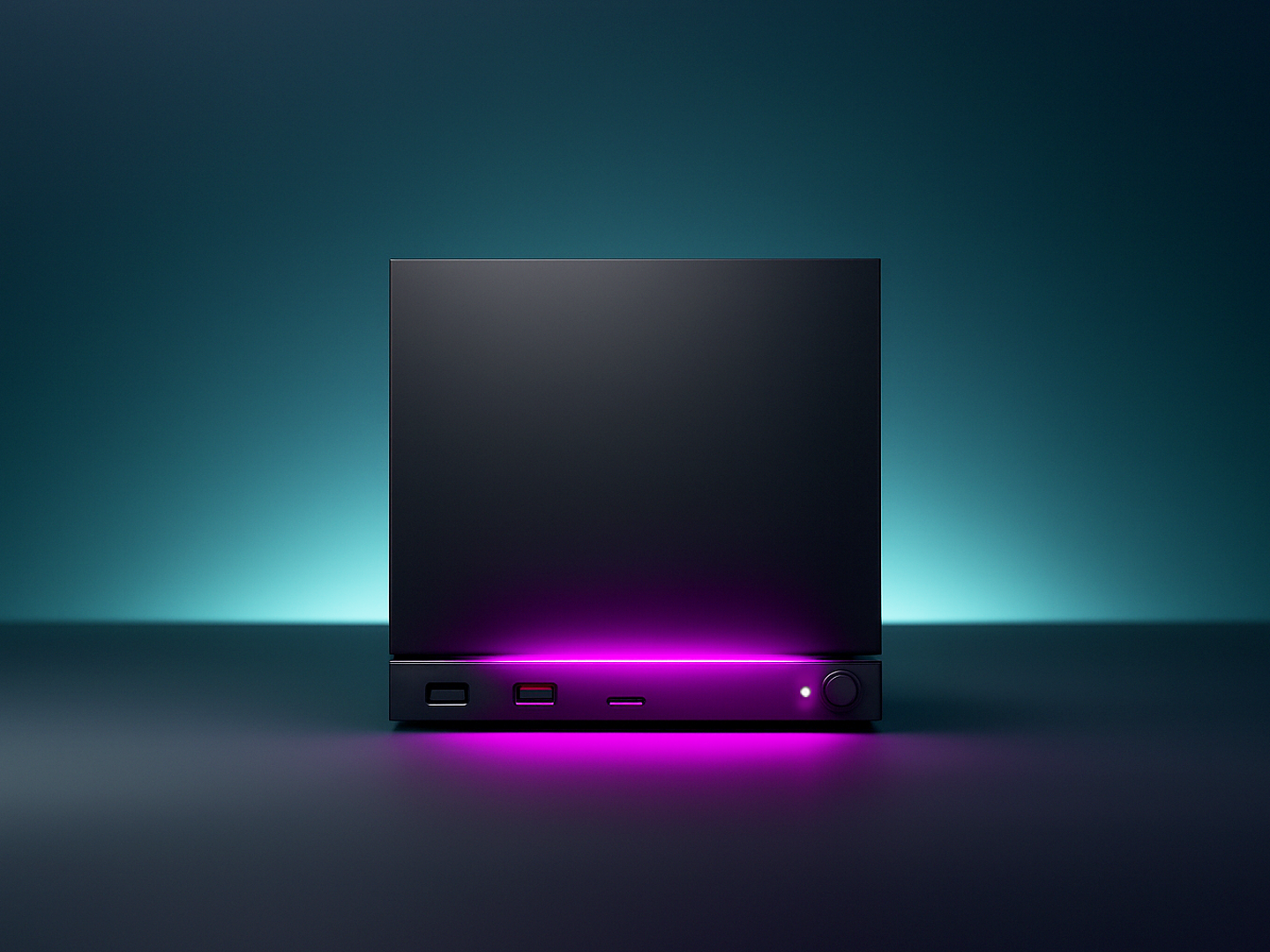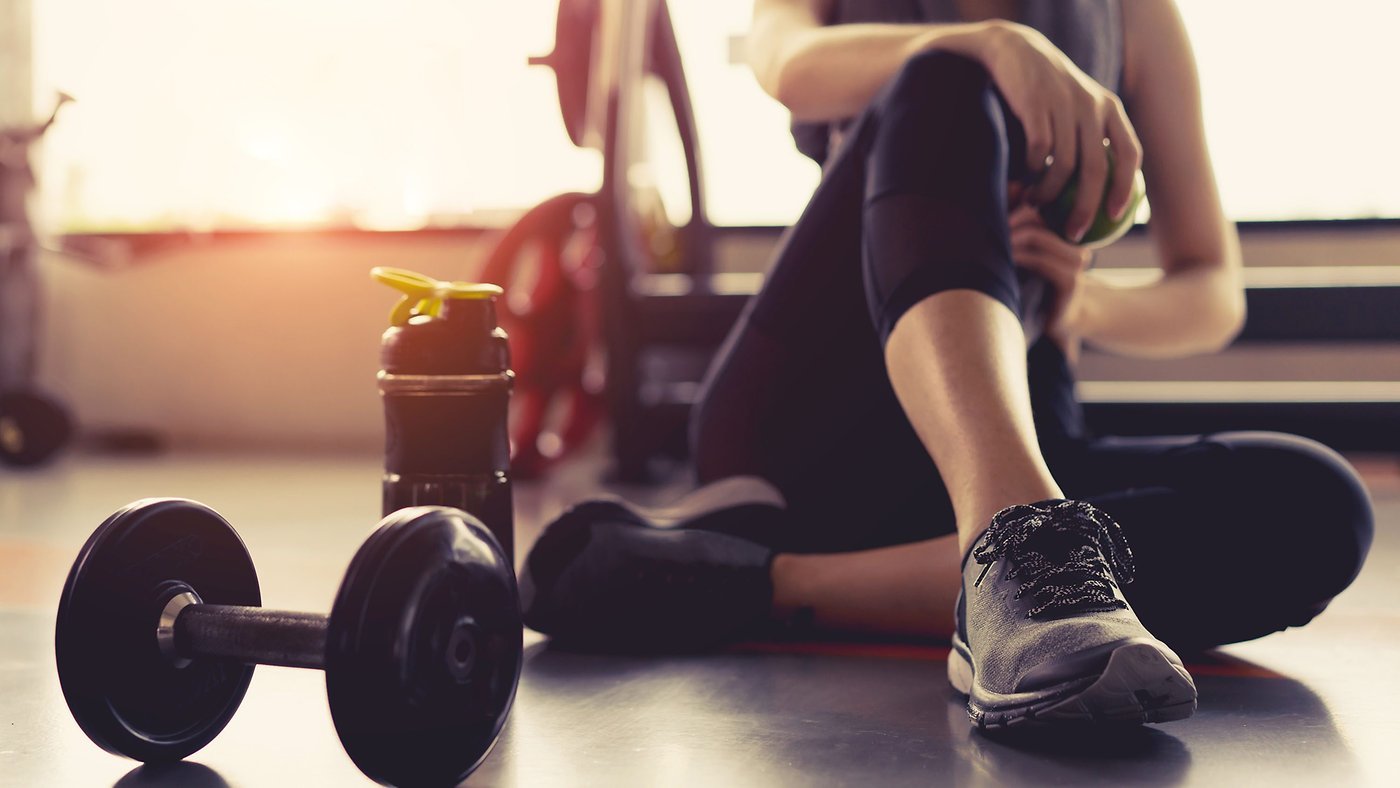
Here’s why this matters: Only 6% of sports science research focuses specifically on women—even though women make up half the world’s athletes. Girls drop out of sports during puberty at twice the rate of boys; by age 17, over half (51%) have already quit.
Research on pregnancy is so limited that doctors often default to overly cautious guidelines—sometimes doing more harm than good. For instance, sedentary behavior during pregnancy doesn’t just nudge up risk—it more than doubles (112%) the chance of developing diabetes.
Half of all women in the U.S. will suffer an osteoporotic fracture in their lifetime, yet preventive care remains an afterthought. During menopause, plummeting estrogen levels speed up bone loss, sharply increasing the risk of fractures and complications.
And it doesn’t stop there: metabolic changes during perimenopause and menopause mirror pre-diabetes, paving the way for higher risks of diabetes—and even Alzheimer’s.
Now, let that sink in.
Ever since I realized how important it is to factor in my own biology when managing my health, I’ve been soaking up everything I can learn. Yet, sometimes, it feels like I’m living in a bubble. Each time I step out, I’m pulled back into a world that’s barely paying attention.
When I visit the doctor and am casually asked about the date of my last period, my answer alone seems to suffice as evidence of good health. Even worse is when my gynecologist dismisses noticeable changes in my routine as inevitable now that I’ve turned 40, suggesting there’s nothing to worry about—it makes me cringe.
We’re not in the ’80s or ’90s anymore. I have an array of sensors strapped to my wrist 24/7, continuously generating data—tracking my breathing, temperature, heart rate, everything. So why should the date of my last period still be the primary metric considered during a rushed, 10-minute medical appointment?
Moreover, surrounded by advanced technology, why is the health-tech industry still lagging behind when it comes to women’s health? How is it possible that we can easily purchase sophisticated health trackers yet remain disconnected from basic insights into our own bodies?
To explore how we got here, I spoke with Emily Capodilupo, SVP of Research at Whoop. Before diving into our conversation, here’s what I discovered about women’s health and wearable technology with her.
Why You Need a Wearable That Understands Your Menstrual Cycle
I’ll be very candid with you—my initial plan was to highlight how companies like OnePlus still launch wearables without menstrual-cycle tracking. I recently published my review of the OnePlus Watch 3, and as a woman, I felt shortchanged by the absence of such an essential health metric, especially from a company that’s among the few tech giants still overlooking it. As a journalist, I felt compelled to emphasize why this oversight matters.
However, after speaking with Emily, I realized my expectations weren’t ambitious enough—we shouldn’t just settle for basic menstrual-cycle tracking; we should demand more comprehensive insights.
Consider how major companies like Apple and Samsung currently approach supporting people who menstruate: they focus on building cycle databases and providing more sophisticated digital tools for predicting ovulation. This is valuable, as it gives us a clearer understanding of our cycles and helps us plan our sexual health—or should I say, family planning process?
But this still isn’t enough. As you’ll soon discover through Capodilupo’s insights, it’s not only essential to know which phase of our cycle we’re in but also how these phases directly impact our sleep quality, recovery, and athletic performance. Ultimately, our ability to live longer, healthier lives.
How Understanding Your Cycle Can Boost Fitness Performance
With a holistic approach to fitness, I’ve learned to tell the difference between genuinely needing rest and simply procrastinating about going to the gym or heading out for a run. Some days, I feel energized enough to join the Avengers in saving the planet; on others, I can barely focus enough to finish an article for nextpit.
I used to blame myself and my routine for these inconsistencies, feeling like I wasn’t doing enough to keep my life balanced. Everything changed when I realized that hormonal fluctuations, not the loss of my inner superhero alter ego, were making me feel this way—and I have my Whoop to thank for that insight.
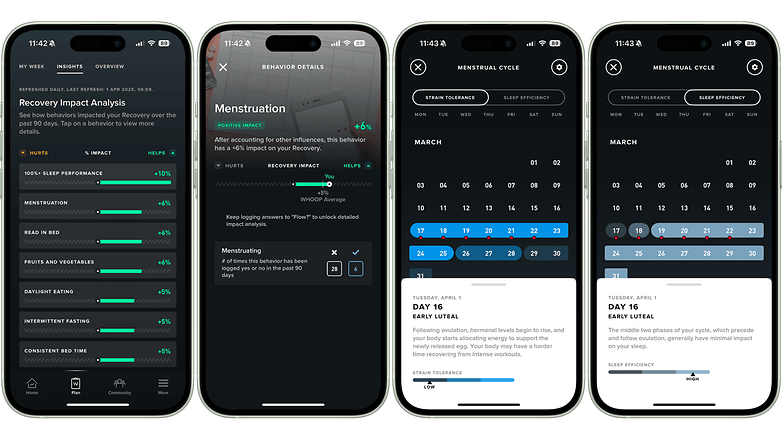
On days when my strain tolerance is low, I now understand that it’s my body signaling it has allocated energy elsewhere. If I push through with intense workouts anyway, I can expect my recovery metrics to drop. Knowing this helps me avoid frustration and instead support my body effectively—like using electrolytes during training (thanks, Emily, for that tip!).
Women can—and should—exercise even during periods of lower strain tolerance, but it’s essential to stay mindful of the body’s signals during these times. In my view, doing so can actually enhance overall fitness performance.
Wearables Could Finally Bring Equality to Women’s Health Research
Here lies perhaps one of the biggest insights from my conversation with Emily: research is expensive, and research focused specifically on women is even more so.
When I first heard about the launch of the OnePlus Watch 3, I also learned that OnePlus had inaugurated a $14 million Health Lab in Guangdong, China. To my surprise, however, they didn’t include even a basic menstrual-cycle tracking feature in their most advanced wearable. I was genuinely shocked. Yet, as I learned, this oversight is unfortunately standard across the industry.
It essentially takes a village to conduct thorough women’s health research due to the hormonal variability associated with the menstrual cycle—among other things. It’s not just OnePlus—it’s even reflected in the FDA’s approach. It’s complex, it’s costly, and now I better understand the challenge. But are we doomed?
Not really. As Emily sees daily at the Whoop Lab, wearables are creating unprecedented opportunities for equality in research. Imagine millions of people who menstruate using wearables, continuously generating data about their cycles, fitness, health, and how their bodies respond to sleep, nutrition, exercise, work, and more. This information is incredibly valuable when intelligently analyzed and interconnected.
Ultimately, this is precisely what we lose when companies fail to prioritize women’s health.
So, returning to my initial question—what if we finally stopped neglecting women’s health? The answer is clear: it would be liberating.
Please read the full interview below.
nexpit interview with Emily Capodilupo, SVP of Research at Whoop
nextpit: I’m a huge fan of your work and also of Whoop. As a tech journalist, I test a lot of devices, and I have to say—I actually bought my Whoop myself, not just for review. I’ve been using it for almost a year now. It’s amazing how the app helps visualize data and how it’s integrated to give us feedback on what’s working and what could be improved.
Emily: Thank you! That means a lot. I’m really glad to hear it’s been such a useful tool for you.
nextpit: Let’s dive into today’s topic. Based on your research and your work at Whoop—why should the industry add tools like menstrual cycle tracking as native features on wearables? What are the key reasons?
Emily: The menstrual cycle is one of the most important vital signs, but it’s long been treated as taboo or dirty, something not discussed or even tracked. As a result, most people who menstruate don’t know what’s normal—and neither do their doctors.
It contains a wealth of information: whether it’s painful, the length and consistency of cycles—all of that reflects your overall health. But instead of asking meaningful questions, like how regular your cycles are or if you have symptoms, most doctors just ask for the date of your last period. That doesn’t tell you much.
When it comes to wearables, we’re in different hormonal states throughout the cycle. For example, in the follicular phase, your hormones are lower, and your body behaves more like a male’s—you can build muscle more easily, train harder, and respond better to carbs. In the luteal phase, your body is preparing for a potential pregnancy, so it’s conserving energy, running hotter, and it wants to store fat, not build muscle.
So if wearables don’t account for this, they’re essentially giving inaccurate advice to half their users.
nextpit: Exactly! I feel frustrated when I test a brand-new wearable with top-notch hardware and features—but no cycle tracking. And yet, in the marketing materials, you see women everywhere. Isn’t this a massive gap?
E: Absolutely. Many companies think that making it available in rose gold is “for women.” We got pushback, too. For instance, our sleep coach recommends more sleep for women in the luteal phase—which is scientifically accurate. But some users said it was demotivating because they couldn’t get a high sleep score.
But, reality is more important than simplicity. We could flatter you or tell the truth—and help you feel rested.
nextpit: I personally experienced that with intermittent fasting. My male friends thrived on it. I wasn’t. Then I read Fast Like a Girl and learned to adjust fasting according to my cycle—it changed everything. So, a lack of knowledge seems like the big barrier here. How is Whoop addressing that?
Emily: That’s such a common story. At Whoop, we’ve built a research culture that’s female-led. I founded the research department. Our senior data scientist and head of our clinical lab are all women. And we made it a policy—our Whoop Lab has to reach gender parity in research participants.
We’ve worked closely with Dr. Stacy Sims for years now. When we noticed patterns—like women getting high recovery scores during menstruation—we dug in and eventually published studies about it.
And every algorithm or feature we ship must go through an “OK to ship” process, which includes cycle-awareness testing for gender and age. That’s how seriously we take it.
nextpit: That’s incredible. I also heard you once said wearables are creating opportunities for research equality. Could you explain what you meant?
Emily: Sure. Before Whoop, I worked at Brigham and Women’s Hospital doing sleep research. We were proud to run a study with 30 people—that was a big sample!
At Whoop, we collect millions of sleep records every night. It changes the game—not just in size but in diversity. Traditional research often excludes women, people of color, and pregnant people—either unintentionally or due to systemic bias or practical barriers.
But with wearables, anyone can participate by just wearing the device. And we’ve found that even something like cycle effects—hard to isolate in a small group—becomes obvious when you look at 15,000 cycles. You just see the trends.
nextpit: Yes—and you avoid repeating the historical biases in research. But from a user perspective, when someone menstruates and chooses a wearable without cycle tracking, what are they really missing?
Emily: They’re missing everything. The tragedy is they don’t even know they’re missing it. We’ve been conditioned to think it’s normal to feel bloated, tired, or low-energy a few days each month. But it doesn’t have to be that way.
If you track your cycle, even just on paper, you can start adjusting training, sleep, hydration—and feel good every day. And it’s not about restriction. It’s simple stuff: more salt in the luteal phase, more carbs in the follicular phase. It can make a huge difference.
Also, irregular cycles are a signal. They can reflect thyroid issues, iron deficiency, or hormonal imbalances. But most people don’t realize this until they’re trying to conceive and struggling.
nextpit: Totally agree. For me, cycle tracking has become essential. We’re nearly out of time, but is there anything you can share about what’s coming next from Whoop?
Emily: I wish I could share more! What I can say is: we’ve been working on both explicitly women’s health features and more subtle integrations where cycle awareness is baked into general recommendations—training, sleep, and recovery.
We don’t treat women’s health as a side dashboard. It’s woven into the entire user experience. That’s what sets Whoop apart—we don’t see women as edge cases.
nextpit: That’s remarkable. And rare. It’s clear you’re doing work that goes beyond product design—you’re shifting the culture.
Emily: Thank you. And big credit to our CEO, Will [Ahmed]. Supporting this work means longer development timelines and higher research costs. But it’s worth it. Historically, even the FDA allowed excluding women from trials due to “cycle complexity.” That was only banned in 1993. Yet, gender parity in clinical trials is still lacking. So yes, it’s easier to build for men. But we’re not doing that at Whoop.
nextpit: Thank you!
Sources: Emily Capodilupo’s TED talk in June 2023, Dr. Vonda Wright / NCBI, Women in Sport & Physical Activity Journal, Women’s Sports Foundation report, Meta-analysis in Medicina Sportiva / NCBI, Journal of Women’s Health, Alzheimer’s & Dementia journal



